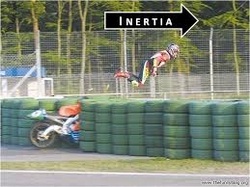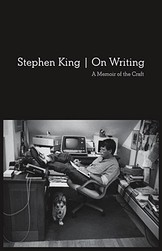What people somehow forgot to mention when we were children was that we need to make messes in order to find out who we are and why we are here.
—Anne Lamott, Bird By Bird
For one of the workshops of my recent MFA residency (USM: Stonecoast, for those interested), I submitted the first draft of the opening chapter of my current WIP. I left the residency with marked-up manuscripts and editorial letters from six of my peers and a faculty member, and a head full of their discussion.
In other words: I left the residency ready for a revision.
In other words: I left the residency ready for a revision.


 RSS Feed
RSS Feed